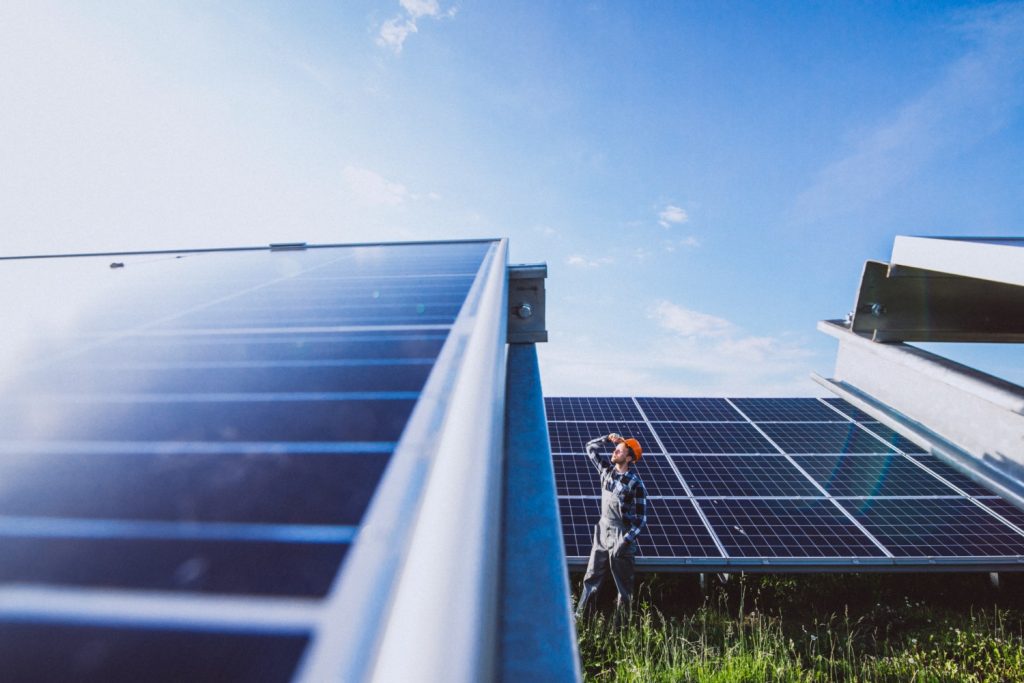A brighter future: SAPVIA welcomes the IRP 2025
3 min read
The South African Photovoltaic Industry Association (SAPVIA) welcomes the release of the Integrated Resource Plan (IRP) 2025 by the Ministry of Electricity and Energy on 19 October 2025. The plan’s recognition of solar PV and other renewables as central to South Africa’s energy future marks a positive and necessary step toward achieving energy security, industrialisation, and decarbonisation.
“The IRP 2025 signals a shift toward cleaner technologies, and the solar industry is ready to deliver. To fully unlock economic growth and boost investor confidence, South Africa has an exciting opportunity to accelerate solar PV and renewable energy deployment by streamlining policies and minimising bureaucratic hurdles,” says SAPVIA CEO, Dr Rethabile Melamu.
The IRP 2025 shows that solar PV is a cornerstone of the energy transition.
According to the IRP 2025, solar PV capacity is set to grow substantially with:
- 11 270MW of new generation capacity by 2030; and
- 27 160MW installed capacity by 2039.
Combined with wind, storage and distributed generation, renewable energy capacity will rise to 81GW by 2039, representing nearly 54% of all new generation.
“This trajectory reinforces what the market already knows: Renewables, led by solar PV, are the fastest, most affordable and cleanest path to energy security. Every megawatt of solar built today displaces more expensive and polluting alternatives,” says Dr Melamu.
The IRP 2025 estimates R2.2 trillion in energy sector investment by 2042, with renewables poised to capture the majority of this growth. SAPVIA emphasises that focusing investment on renewables, storage and grid infrastructure will deliver the highest return on investment, fastest deployment and widest socio-economic benefit.
SAPVIA welcomes the IRP’s policy commitments, including the South African Renewable Energy Industrialisation Masterplan (SAREM) and potential “Mega Bid Window” to scale renewables, but stresses the need for immediate implementation.
To secure South Africa’s clean energy future, SAPVIA urges government to:
- fast-track renewable procurement and grid connection processes.
- speedily implement the South African Wholesale Electricity Market (SAWEM) to accelerate the private off-take market
- prioritise investment incentives toward renewables and energy storage.
- actively incentivise distributed generation, which is set to grow to 5 400MW by 2030 and 16 000MW by 2039.
“The IRP provides the blueprint; now we must act decisively,” says Dr Melamu. “By prioritising renewables and cutting red tape, enabling the private off-take market. South Africa can stabilise its grid, reduce emissions and attract long-term investment. Solar PV is the affordable, reliable power source that’s ready today to shape South Africa’s future.”
SAPVIA remains committed to working with government, NERSA, Eskom and the private sector to build an inclusive, renewable-powered South Africa that drives economic growth, industrialisation and climate action.




